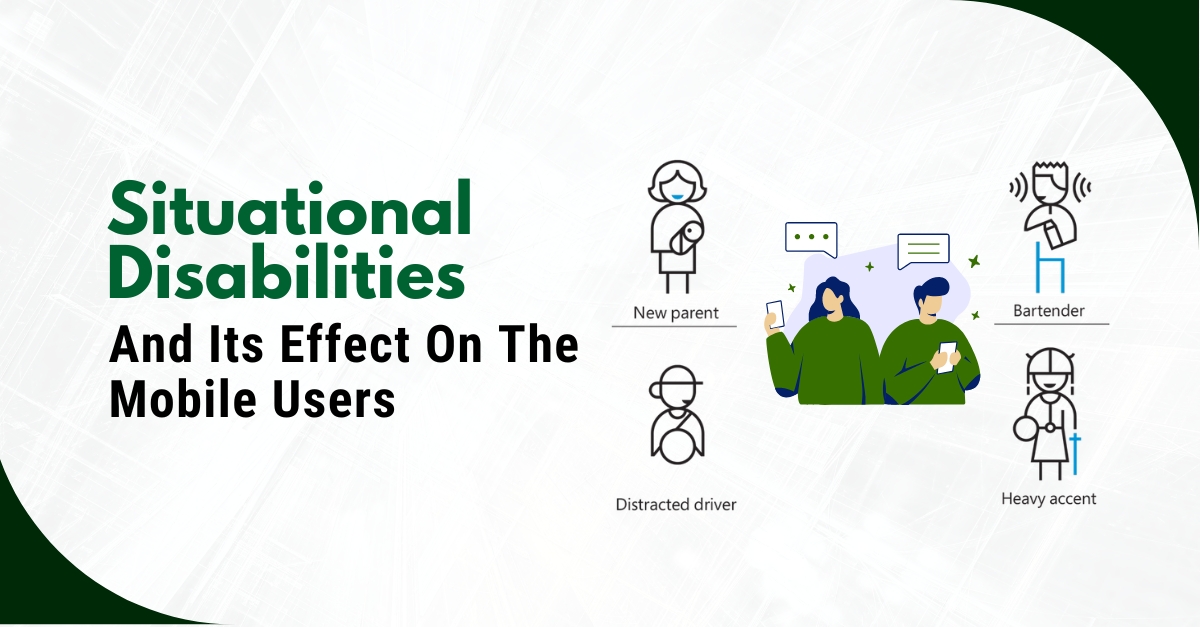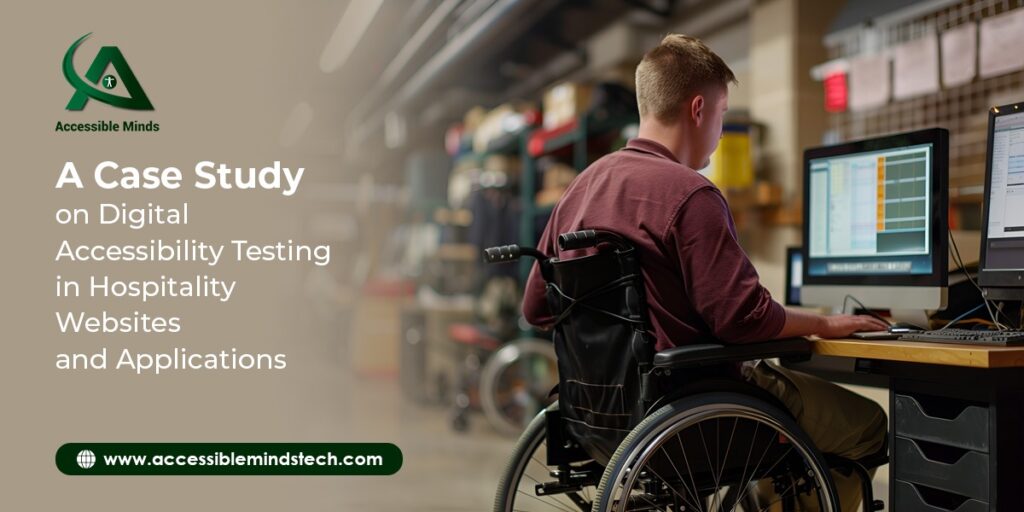In our digitally-driven world, websites have become an integral part of daily life. However, a significant number of websites remain inaccessible to seniors and individuals with disabilities, consequently violating the Americans With Disabilities Act (ADA).
The recent report by the WebAIM team at Utah State, creators of the widely used WAVE web page accessibility tester, sheds light on the pervasive issue. The WebAIM Million report reveals a staggering 96.3% non-compliance rate among the top million homepages, each averaging 50.0 violations.
The Significance of Website Accessibility
Legal Implications:
Nearly all websites fall under the purview of the ADA or Section 508 of the Rehabilitation Act. With advocacy groups actively defending web accessibility rights, legal actions are increasingly common. Ensuring compliance is crucial to mitigate legal risks.
DEI and Digital Inclusion:
Diversity, Equity, and Inclusion (DEI) extend to digital spaces, emphasizing the rights of people with disabilities to digital inclusion. The global shift to digital during the pandemic underscored the importance of accessibility for all.
Opportunity Amid Challenges:
Recognizing that 61 million Americans have a disability, along with 71 million baby boomers facing similar challenges, presents an opportunity. Catering to this demographic not only aligns with ethical principles but also taps into a substantial market with $548 billion in discretionary spending.
Automated Testing vs. Manual Testing for WCAG Website Audits
While auditing a website for ADA compliance, the choice between automated and manual testing becomes crucial. Despite the allure of automated testing, it can only identify surface-level issues and is limited in detecting nuanced problems inherent in WCAG compliance. Manual human testing emerges as an indispensable component for a thorough evaluation.
Limitations of Automated Testing Tools:
- Low Contrast Text:
Automated tools may miss low-contrast text that poses challenges for users with visual impairments.
- Lack of Alternative Text:
Automated tools can reliably identify missing alt-text, but validating the accuracy of the provided alt-text remains a challenging task.
- Inconsistent Headings:
Automated testing falls short in recognizing inconsistencies in headings or labeling, causing confusion for users relying on page structure for navigation.
- Keyboard Accessibility Issues:
The inability of automated tools to identify keyboard accessibility issues hampers the navigation experience for users relying solely on keyboards.
- Video Content Accessibility:
Automated tools may overlook video content without captions or transcripts, rendering it inaccessible for users who are deaf or hard of hearing.
Best Practices for WCAG Website Auditing Require Human Testers
While automated tools capture some issues, human testing is imperative for comprehensive WCAG compliance. A complete audit involves human testing of unique pages, covering various templates and page-level components. Testers with expertise in both web development and accessibility testing services provide invaluable insights and guidance for remediation.
The Cost of Manual WCAG Audits
A thorough WCAG website audit, involving both automated and manual testing, alongside assistive technology testing, incurs costs. Pricing is often based on the number of unique pages requiring manual testing, ranging from $5,000 to $20,000.
Reducing Costs and Enhancing Accessibility
Acknowledging the expense of manual testing, a pragmatic approach involves tailoring the scope to budget constraints. By prioritizing critical pages for manual testing and combining it with automated scans, significant issues can be addressed within financial limits.
Warning: Avoid Overlay Providers
Quick and inexpensive solutions like “overlay” providers often promise 100% ADA compliance using artificial intelligence. However, these solutions are fraught with shortcomings, as overlays merely mask issues without rectifying the underlying code. Such practices not only fail to provide genuine accessibility but also increase legal risks.
Final Thoughts
Automated testing tools serve as a preliminary step for accessibility testing services. However, their limitations necessitate human testing for a thorough evaluation of a website’s accessibility. Experienced human testers bring a depth of understanding that automated tools cannot match, ensuring a comprehensive assessment of a website’s accessibility and WCAG compliance. Embracing both automated and manual testing is essential to guarantee universal access and preempt legal challenges.







